Which of the following is considered a non-renewable resource?
Solar energy
Wind energy
Coal
Hydropower
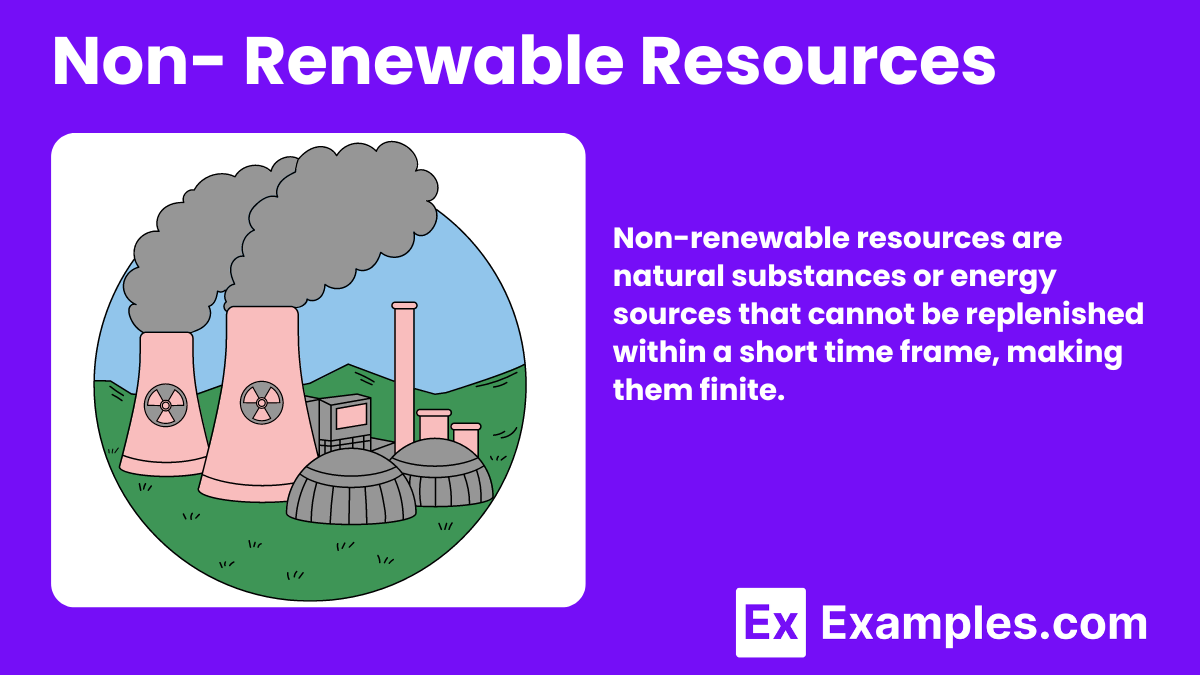
There are two types of natural resources a person can observe in the natural world, which are non-renewable and renewable resources. People often use these resources to help create products and services that will improve the person’s quality of life or will enable them to commit specific actions and feats.
Non-renewable energy sources are those that do not replenish or do so very slowly in human time scales, making them finite and susceptible to depletion. They have been the primary sources of energy for centuries due to their high energy content and reliability. Here are the main types of non-renewable energy sources:
Non-renewable energy sources are known for their high energy densities and stability in providing base-load power. However, their extraction, processing, and use have significant environmental impacts, including air and water pollution, greenhouse gas emissions, and habitat destruction. The global shift towards renewable energy aims to reduce these impacts while meeting the world’s growing energy needs sustainably.
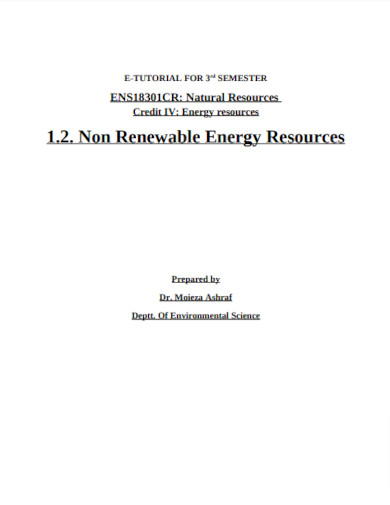
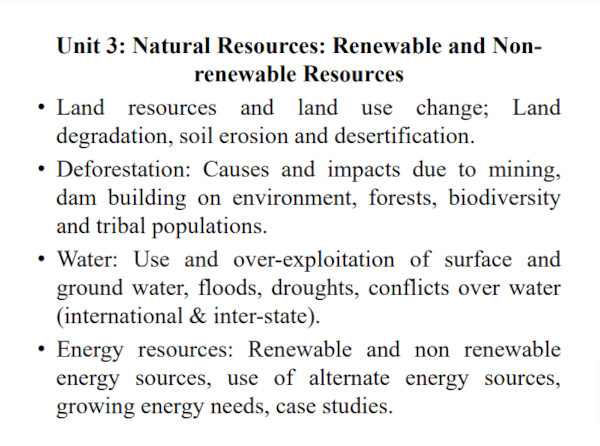
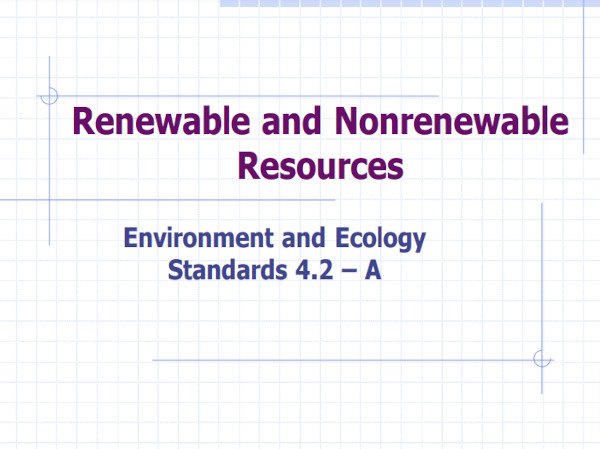
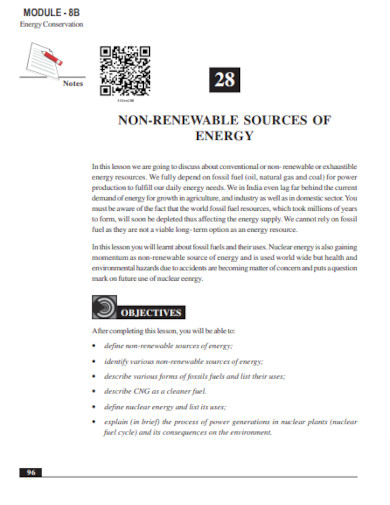
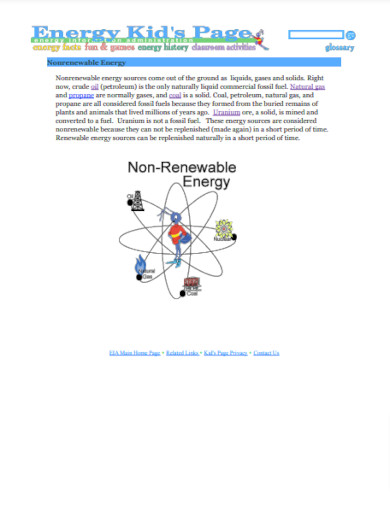
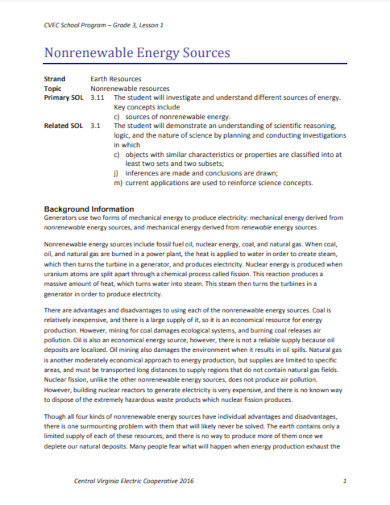
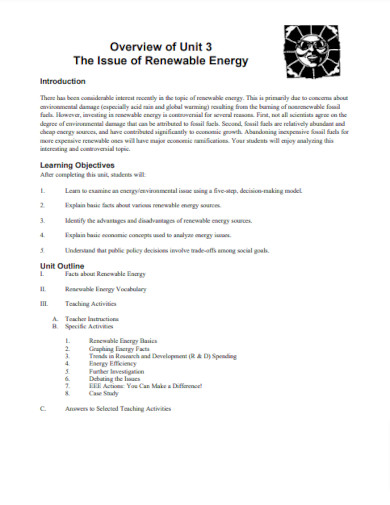
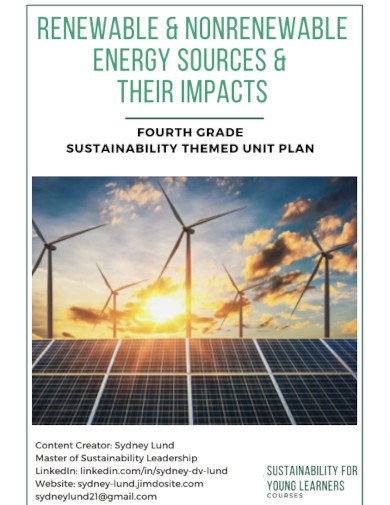
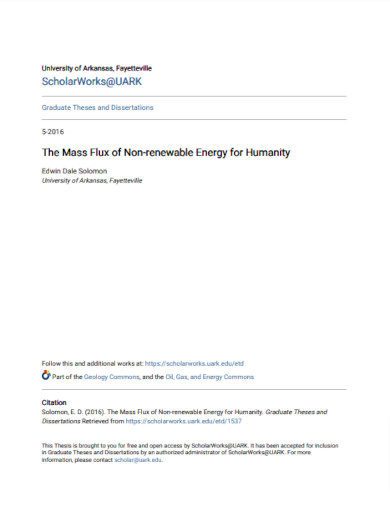
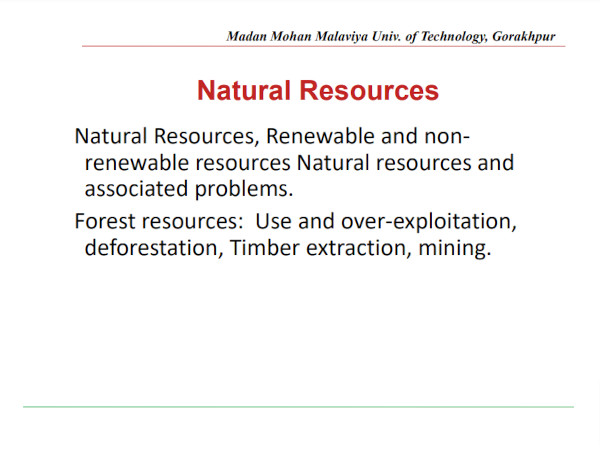
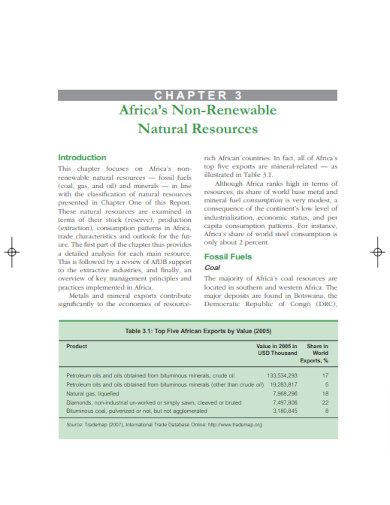
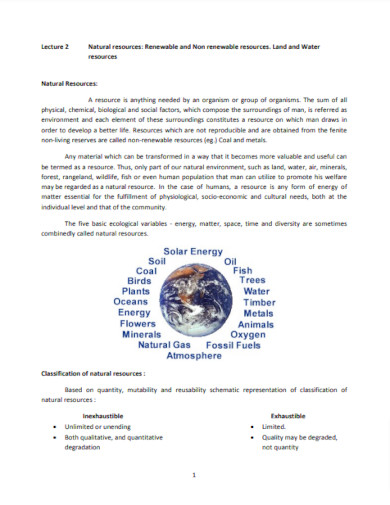
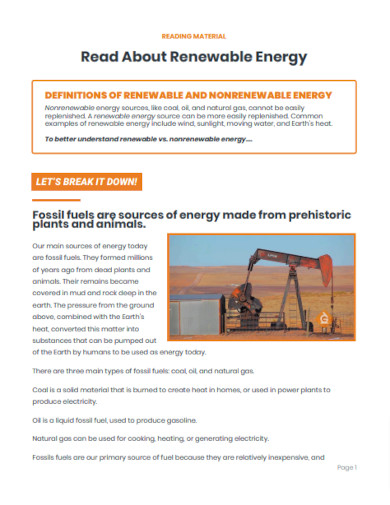
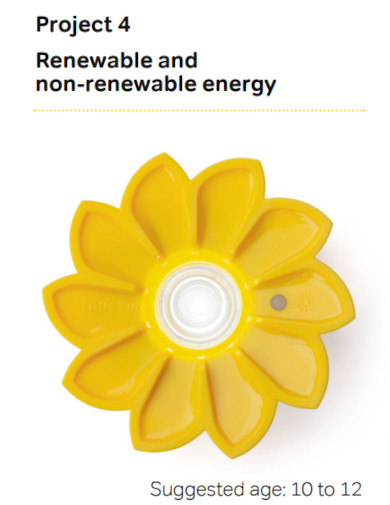
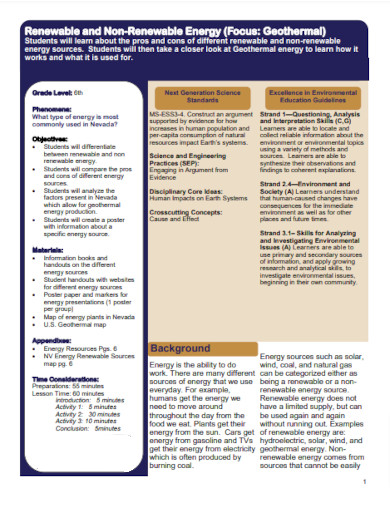
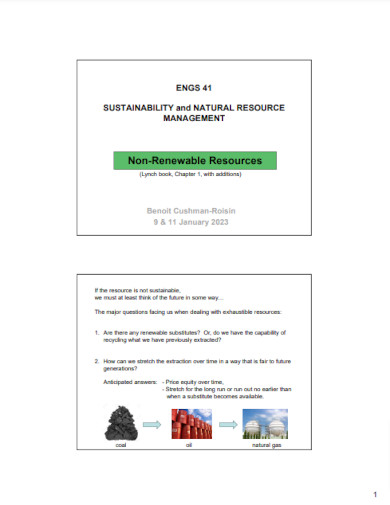
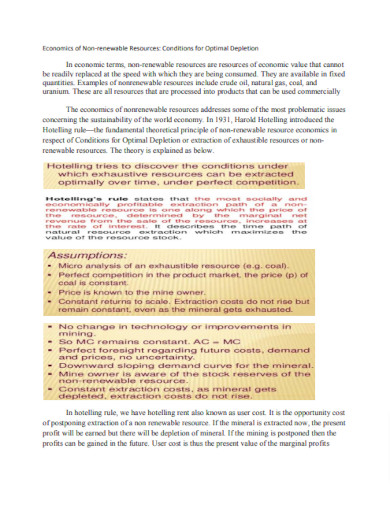
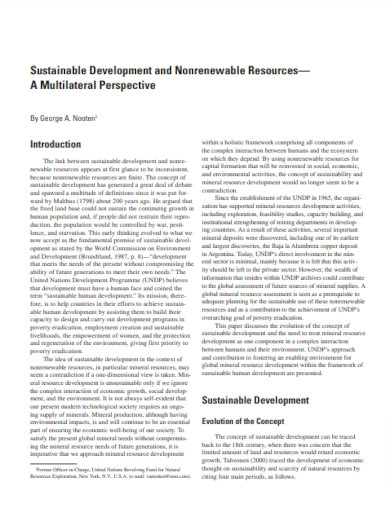
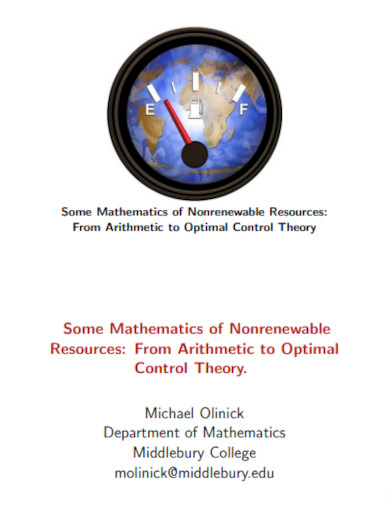
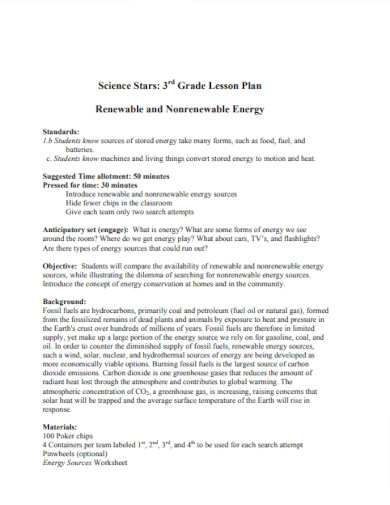
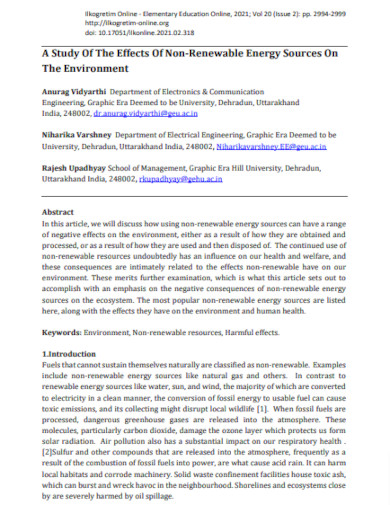
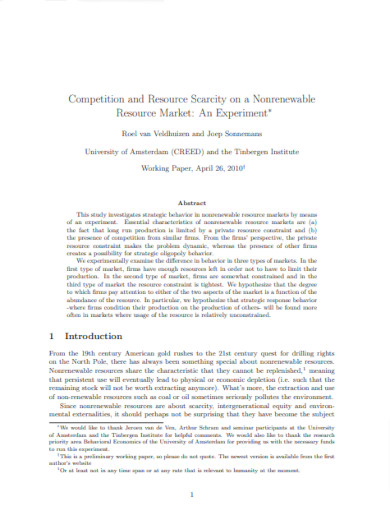
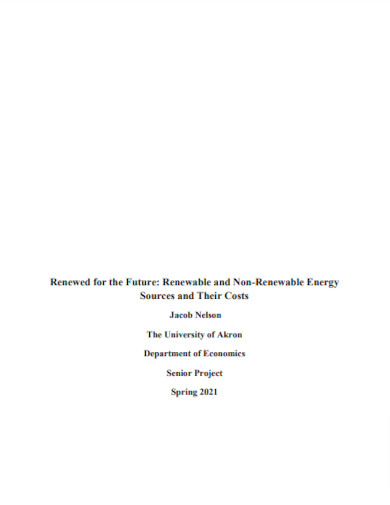
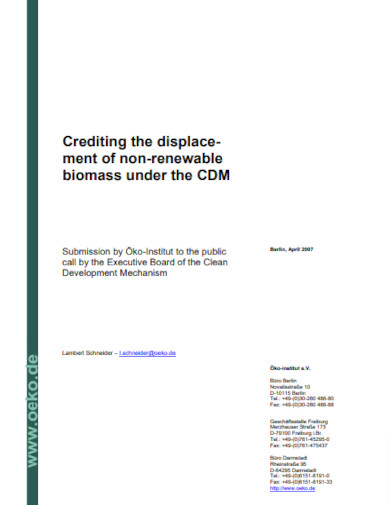
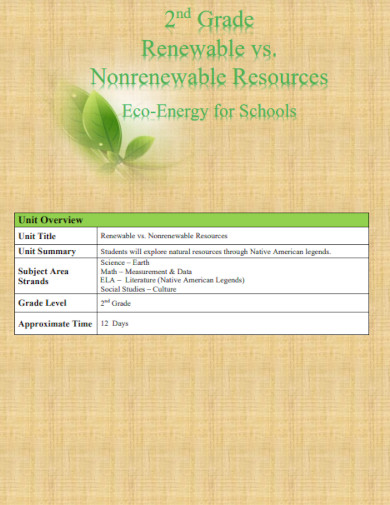

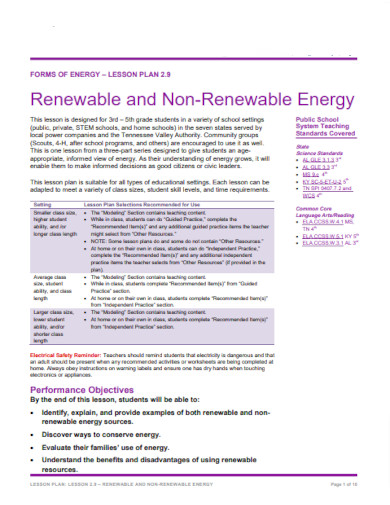
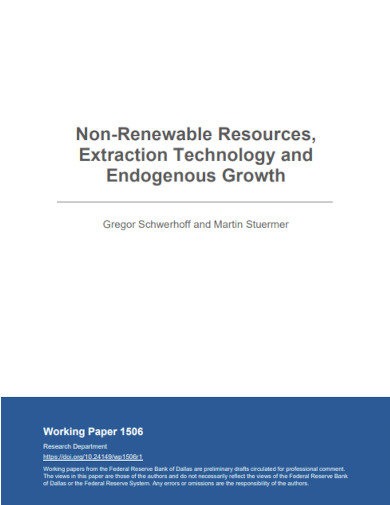
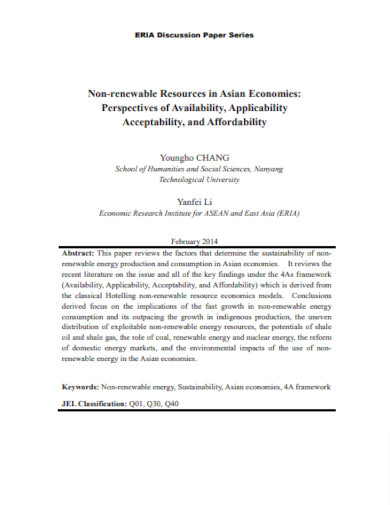
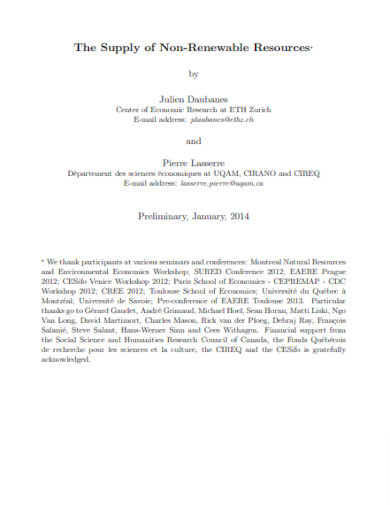
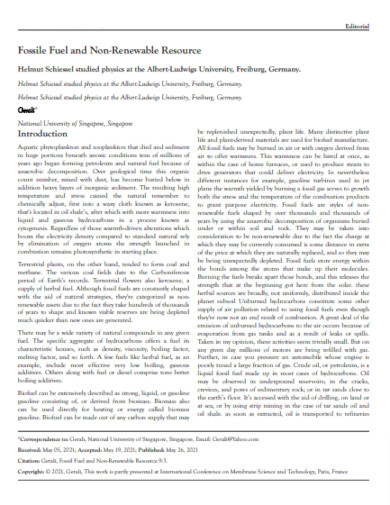
Despite the environmental concerns associated with non-renewable energy sources, they have played a pivotal role in driving global industrialization and economic development. Here are some key benefits of non-renewable energy:
While non-renewable energy sources have their benefits, the shift towards renewable energy reflects a global recognition of the need to balance these advantages with environmental sustainability and long-term energy security. The transition to a more sustainable energy mix aims to retain the economic and reliability benefits of energy systems while significantly reducing environmental impacts.
All electrical gadgets and appliances use electricity to work and function, which allows us to maintain a high level of quality of life. Due to the finite amount of non-renewable resources, it is important to lessen one’s use of electricity or goods that require the usage of these types of resources.
Cars use fuels and gasoline, which are finite and non-renewable resources. If the location is close or there are safe alternatives to reach a specific location, then one should limit the usage of cars and either walk or use public transportation to reach the said place.
Any electrical equipment or gadget that the person is not currently using should be plugged out to prevent any unintended usage of electricity. Not only that but there is a chance that unattended electrical gadgets can cause unintentional emergencies or situations.
Specific goods and products will require the refinement of specific non-renewable resources. A person should try to recycle specific goods and products to increase the lifespan of that object and reduce the amount of waste one creates.
When showering or using the faucet, these appliances require the use of electricity to move the water from the water supply to one’s pressure tank. Not only that, but the water we use to wash ourselves will also require electricity to filter and treat the quality of the water. This means you should try and limit the amount of water you use to wash yourself and other objects.
We often use non-renewable resources to fuel specific industries and objects, which will not only improve our quality of life but it will also allow us to have access to specific conveniences. These resources have a limited lifespan, which is why we need to ensure we are using them as little as possible.
Rocks and minerals are specific types of resources that a person can obtain from specific parts of the earth. These rocks and minerals have a finite supply and are non-renewable resources.
Human-Made Resources: These are resources that people create from natural resources to make life easier and solve problems. Examples include buildings, roads, and technology. They are made by humans and wouldn’t exist without human intervention.
Non-renewable resources are specific types of resources one can use to create specific services and products,= which are limited in supply. One needs to watch the amount of non-renewable resources they use, as the supply will not last forever. Therefore it is important to consider limiting the usage of specific activities to lessen one’s individual use of non-renewable resources.
Text prompt
Add Tone
10 Examples of Public speaking
20 Examples of Gas lighting
Which of the following is considered a non-renewable resource?
Solar energy
Wind energy
Coal
Hydropower
What is the primary use of petroleum?
Generating wind power
Fuel for transportation
Producing solar panels
Generating hydroelectric power
Which country is the largest producer of natural gas?
Saudi Arabia
United States
Russia
China
What is the main environmental concern associated with the use of non-renewable resources?
Their high cost
Limited availability
Air and water pollution
Excessive noise pollution
Which of the following is a byproduct of burning fossil fuels?
Oxygen
Carbon dioxide
Nitrogen
Helium
What is the main component of natural gas?
Methane
Ethane
Propane
Butane
Which of the following non-renewable resources is most commonly used for electricity generation?
Coal
Uranium
Natural gas
Oil
What is the primary advantage of using natural gas over coal?
Higher energy content
Lower cost
Less environmental impact
Easier to transport
Which of the following is a major disadvantage of nuclear energy?
High operational costs
Limited availability of uranium
Radioactive waste
Low energy output
What percentage of the world's energy consumption is supplied by non-renewable resources?
20%
40%
60%
80%
Before you leave, take our quick quiz to enhance your learning!

